Universities in New Zealand
23 NZ Universities & Institutes
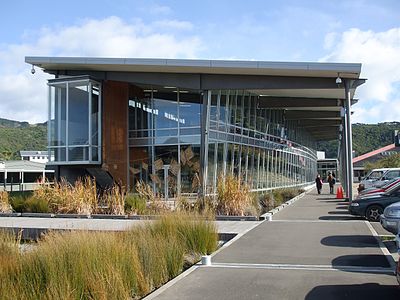
Whitireia, New Zealand
Porirua, New Zealand
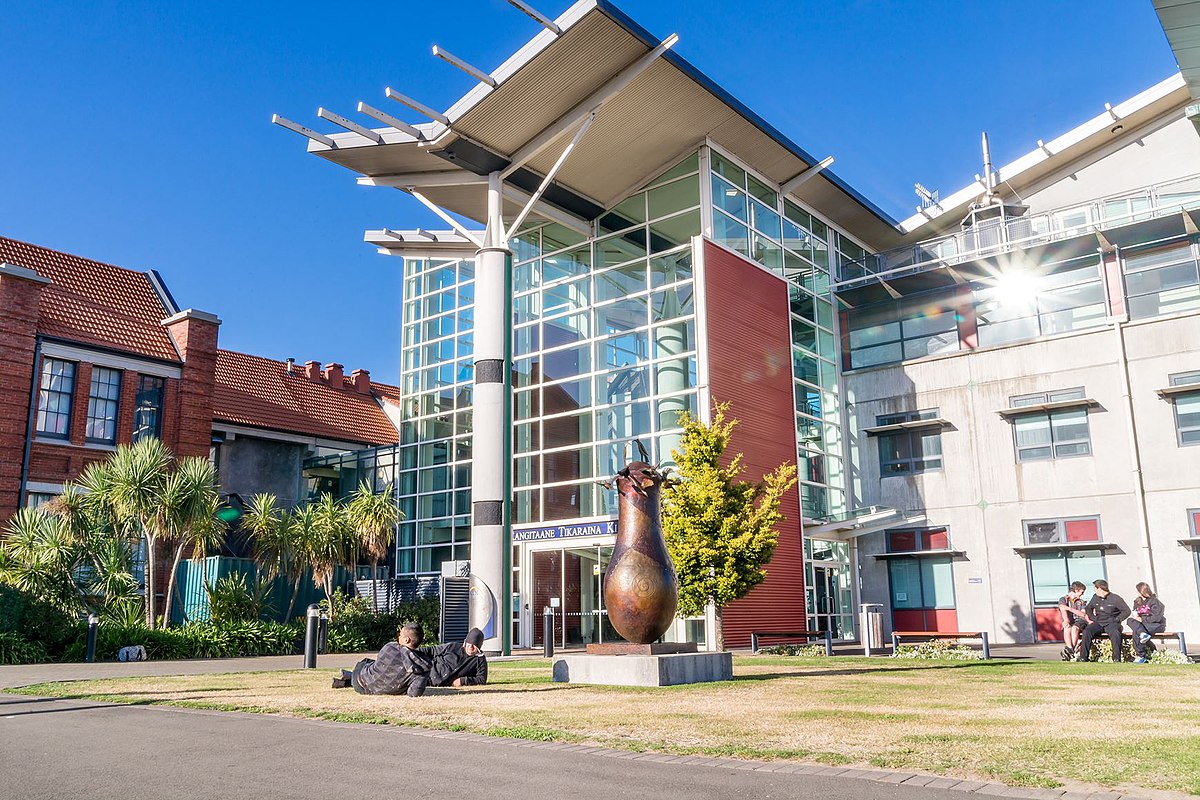
Universal College Of Learning (UCOL)
Palmerston North New Zealand
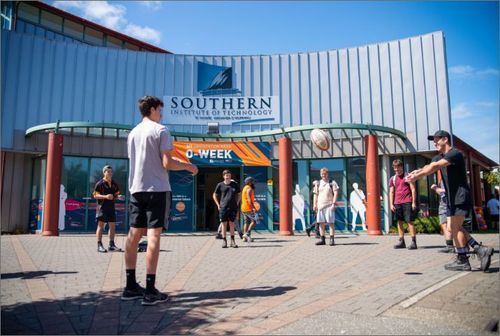
Southern Institute of Technology(SIT)
Invercargill, New Zealand

Otago Polytechnic
Dunedin, New Zealand.

Nelson Malborough Institute of Technology (NMIT)
Nelson, New Zealand

Wellington Institute of Technology
Multiple Campuses
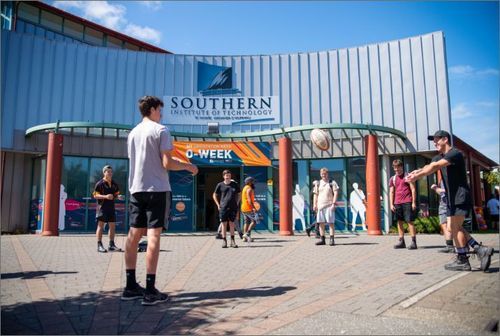
Manukau Institute of Technology
Auckland, new Zealand
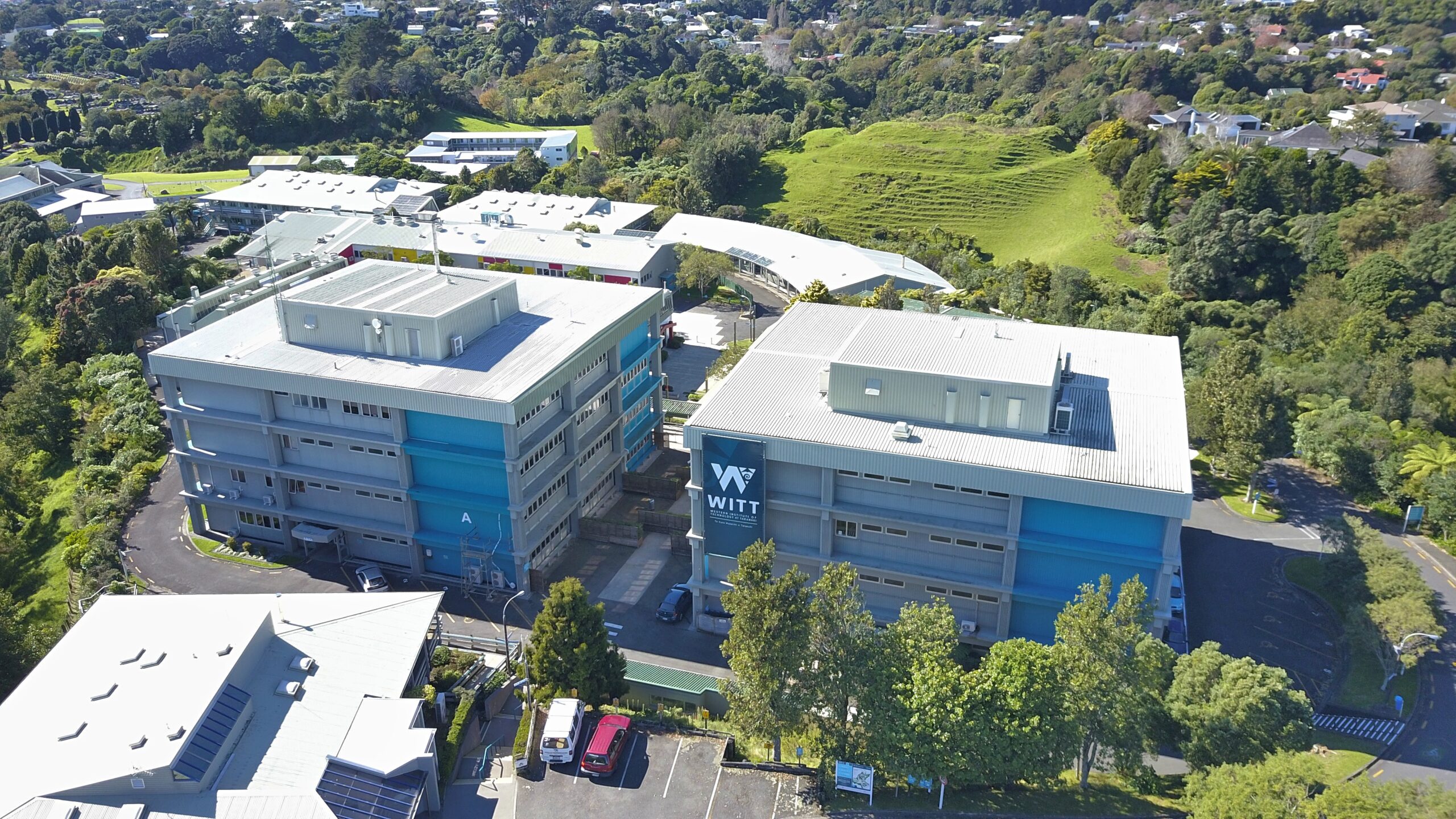
Western Institute of Technology
New Plymouth, New Zealand.
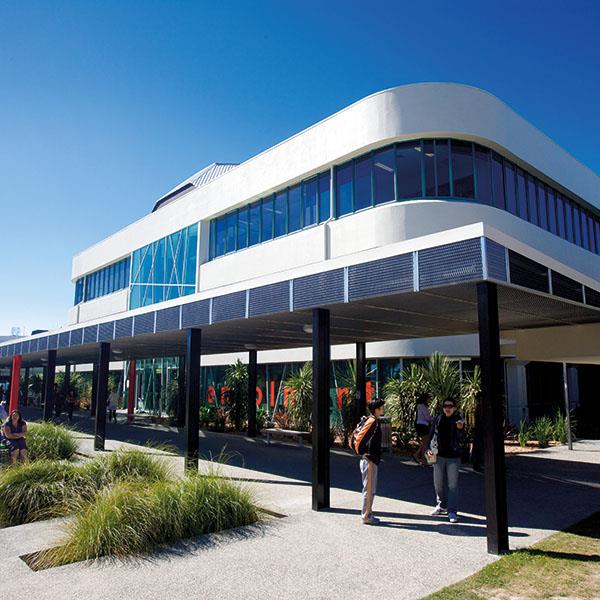
Wintec
Hamilton, New Zealand
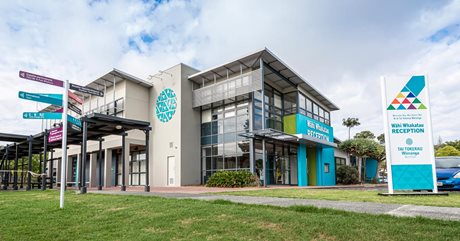
North Tec
Whangarei, New Zealand
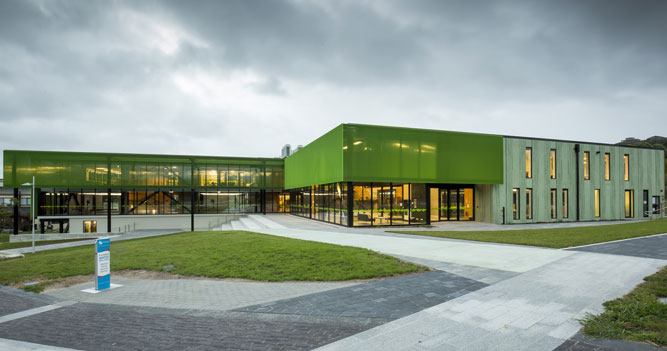
Toi Ohomai Institute of Technology
Multiple Campuses

Open Polytechnic of New Zealand
Lower Hutt, New Zealand.
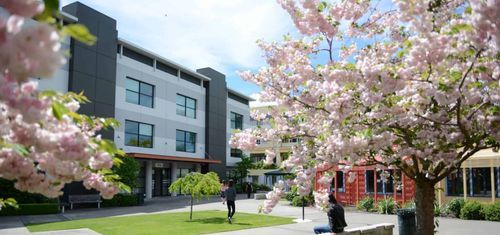
Eastern Institute of Technology
Napier, New Zealand.
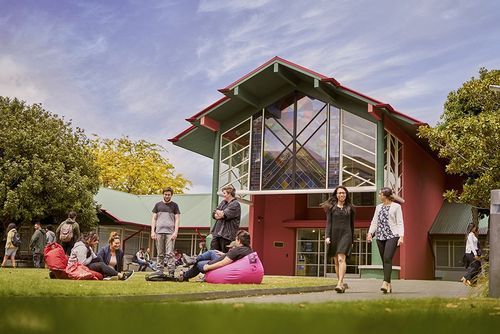
Unitec Institute of Technology
Auckland, New Zealand
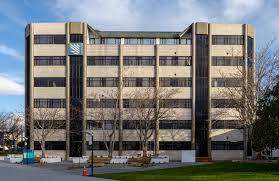
Ara Institute of Canterbury
Christchurch, New Zealand
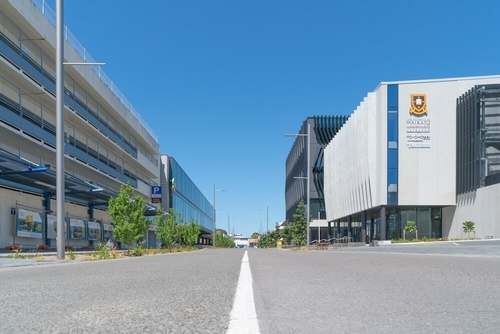
University of Waikato
Multiple Locations, New Zealand.
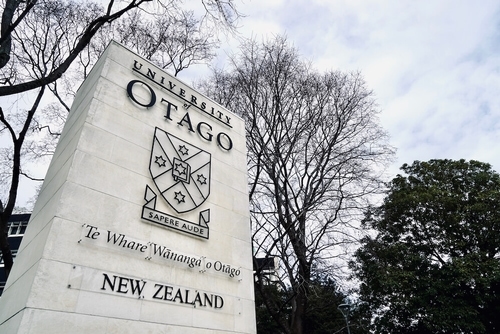
University of Otago
Multiple Locations, New Zealand
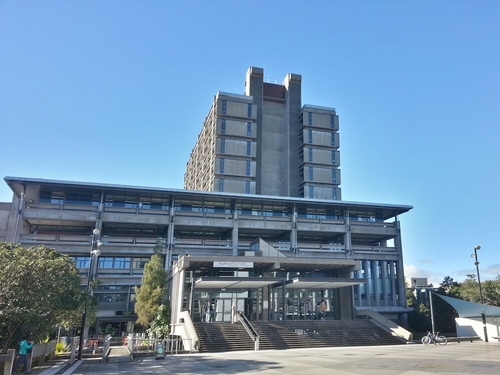
University of Canterbury
Christchurch, New Zealand
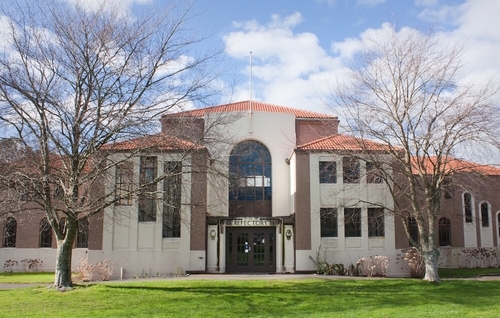
Massey University
Multiple locations, NZ
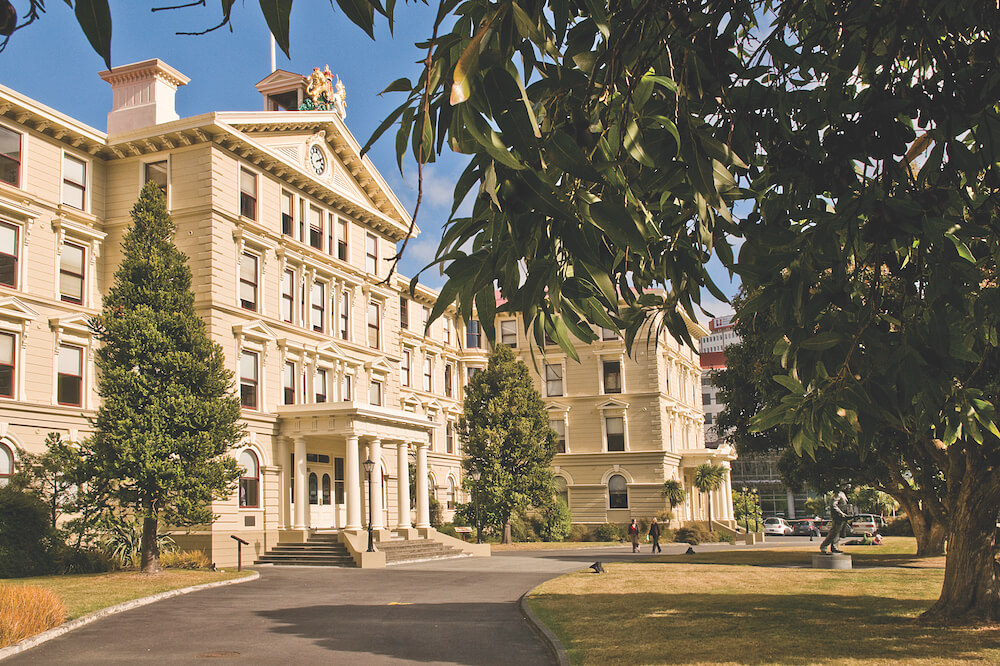
Victoria University of Wellington
Wellington, New Zealand.
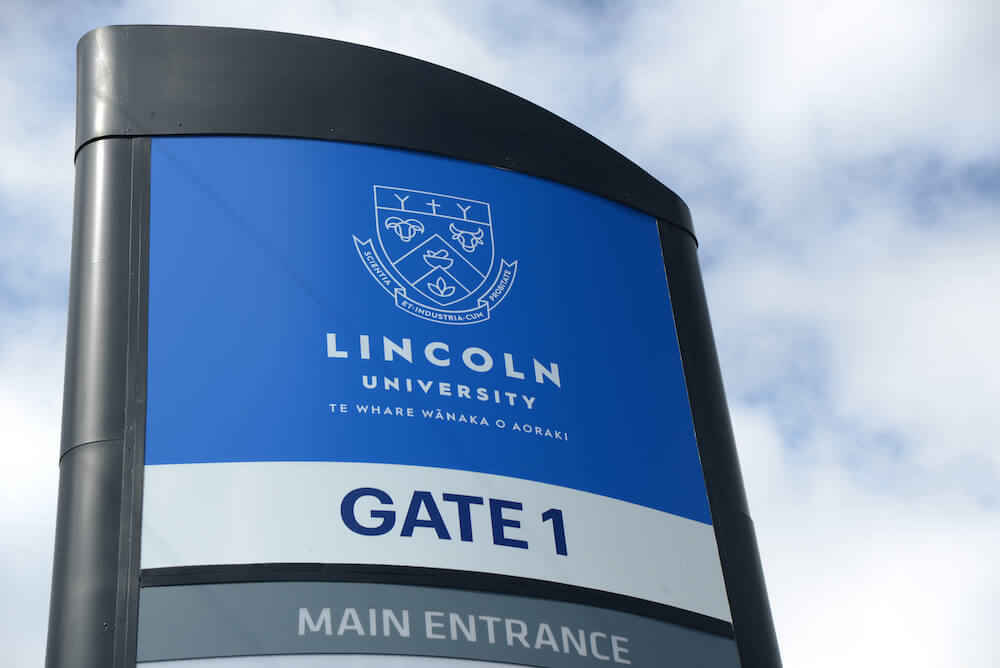
Lincoln University
Christchurch, New Zealand.
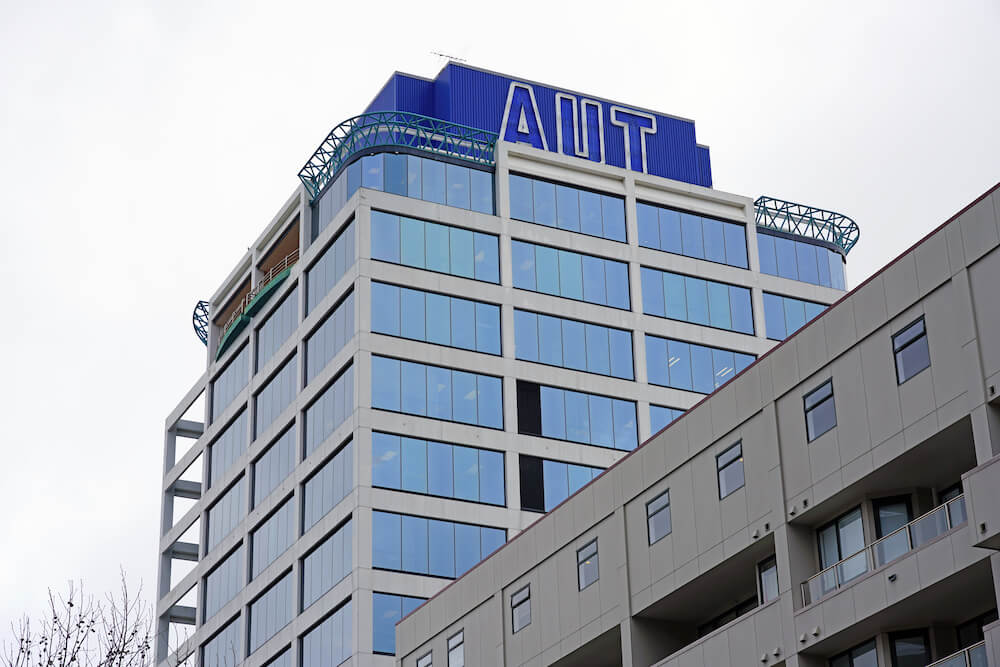
Auckland University of Technology
Auckland, New Zealand.
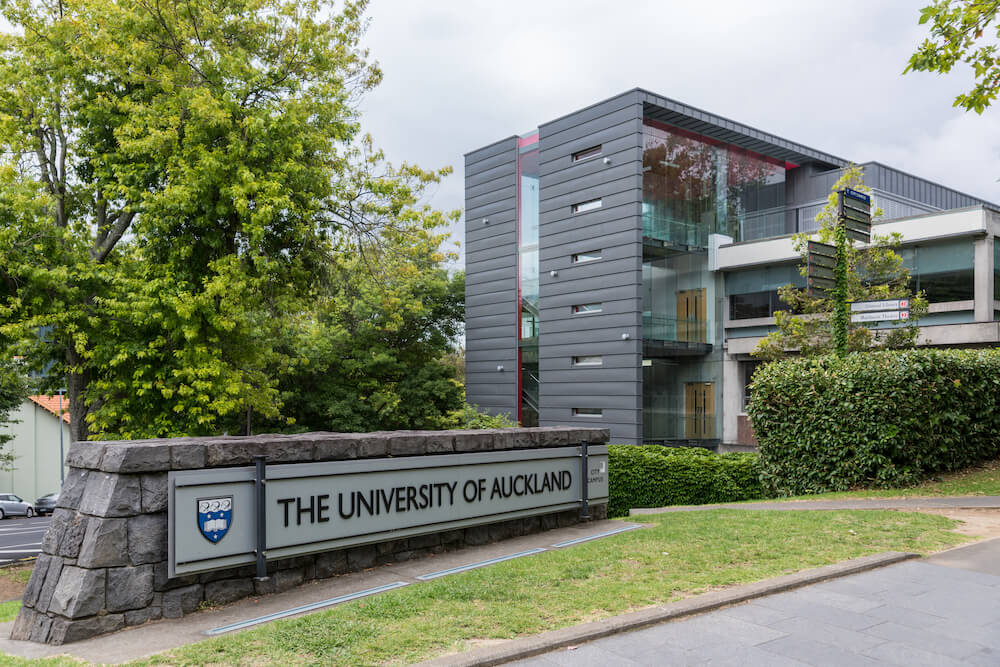
The University of Auckland
Auckland, NZ
Facts
NZ universities in numbers
23 Universities & Institutes
in New Zealand
170,000
Number of Students
10,000+
Number of International Students
1 University
per 59,000 Students
Education Level Framework
Education providers offer qualifications at levels ranging between 1 and 10 as per the NZQF (the New Zealand Qualification Framework), where 10 is the most advanced option
AccoQualifications on the framework lay out a clear pathway to the level of knowledge and skills you will have gained when you graduate and what further education and employment opportunities the qualification could lead to.
As a high school leaver, you usually start with a Diploma Level 5 or Bachelor’s Degree. After a bachelor’s degree, you can pursue a Level 7 or 8 Diploma programme or a Master’s degree.rding to Ministry of Education
research, higher qualifications usually lead to higher incomes, although the subjects you choose are also important. Employers often look for candidates with a broad range of skills, but there are a lot of opportunities for those with no prior skills.
| Government | Catholic | Independent | Total | |||||
|---|---|---|---|---|---|---|---|---|
| No | % | No | % | No | % | No | % | |
| Primary | 1,597,052 | 70.4 | 403,784 | 17.8 | 268,055 | 11.8 | 2,268,891 | 100.0 |
| Junior Secondary | 736,615 | 59.8 | 265,148 | 21.5 | 229,576 | 18.6 | 1,231,339 | 100.0 |
| Senior Secondary | 295,476 | 58.3 | 109,673 | 21.6 | 101,595 | 20.0 | 506,744 | 100.0 |
| Total Secondary | 1,032,091 | 59.4 | 374,821 | 21.6 | 331,171 | 19.1 | 1,738,083 | 100.0 |
| Total | 2,629,143 | 65.6 | 778,605 | 19.4 | 599,226 | 15.0 | 4,006,974 | 100.0 |

Certificates (level 1-8)
Usually 6-8 months long, certificates are for those who want to learn a new profession or dive deeper into their current industry. Available for
domestic students and not always open for international applicants unless the certificate is also offered online

Diplomas (level 5-8)
The length range is between 1 and 2 years. It is an excellent option for high school leavers or recent university graduates who want to get into the
programmes that allow a fast transition into the job market. Not suitable for science-heavy professions.

Undergraduate Degrees (level 7)
These are usually bachelor’s degrees that can be completed within 3-4 years of study. In some cases, international students are required to
take a Foundation Course before starting their degree

Post-graduate Degrees (level 8-10)
Masters and PhD programmes are excellent option for career growth or entering the world of academia.
Over 425 institutions of tertiary education
Tertiary education in New Zealand is delivered not only by universities but also by:
-
New Zealand Institute of Skills and Technology (NZIST)
-
Wānanga
-
Private Training Establishments.

Universities in comparison to other types of NZ institutions
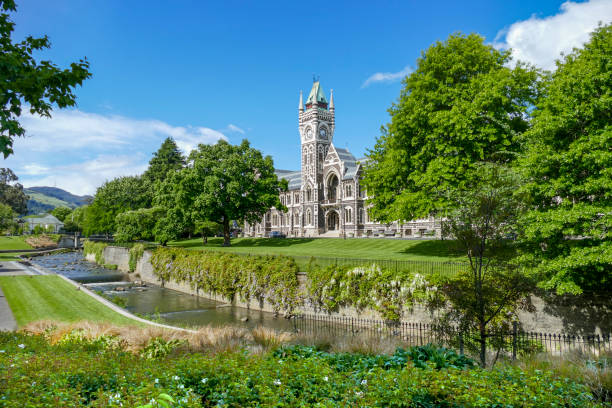
Universities
Did you know?
Great variety of agriculture and green energy programmes
Being one of the world leaders in agriculture and green energy, New Zealand offers
a wide variety of programmes where you can learn about wineries and solar panels.
8 Universities
There are a total of 8 Universities in
New Zealand.
International Students
There are over 13,000 enrolled international students in the eight universities

Te Pūkenga brings together the existing 16 Institutes of Technology and Polytechnics (ITPs) into one organisation, and over time, will develop the capability to support work-based, campus-based and online learning as a unified system.
Did you know?
Te Paewai o te Rangi: The University of Waikato Scholarship for Outstanding Academic Achievement.
Practical Skills
Courses are more vocationally oriented, emphasizing practical experience and application to work situations.
International Students
There are over 6,000 enrolled international students in these institutes (as of Jan 2021)

Wānanga is an indigenous tertiary education provider that offers teaching and learning environments based on Māori values and principles.
Did you know?
Total 3 Wānanga
There are 3 Wānanga in New Zealand, with over 35,000 enrolled students.
Making a difference – Indigenous Education
48% of Maori are first in the family to graduate from a university.
Almost half of the recent Māori university graduates were the first in their families to attend university, one-third are parents,
and 70% are female.

Private Training Institutions and English language schools
Did you know?
Niche Education
Private Training Establishments (PTEs) are generally specific to English language learning or niche occupations such as travel, tourism, design, and ICT.
Over 600 Institutes
There are over 600 Private training institutions and English language schools in New Zealand
International Students
These institutes have over 7,000 international students
(as of Jan 2021).
